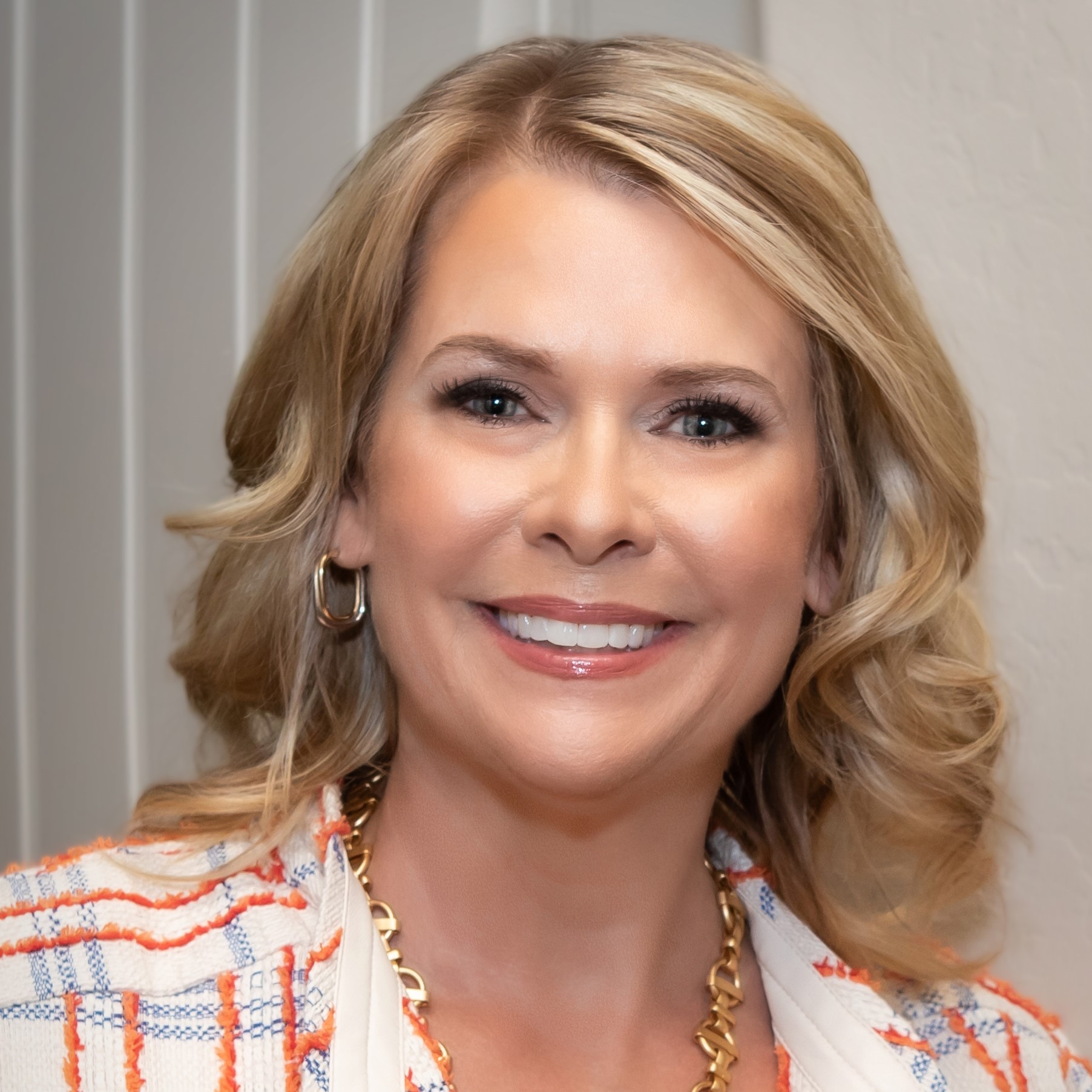LISC CEO Lisa Glover takes a look back at the first half of the year—sorting through events that range from promising to painful, and finding that intensive, intentional investments are helping families and communities build greater equity and stability.
September always feels a bit like the start of a new year. For this, I blame my kids and many years of first-day-of-school excitement.
But I also think it is a welcome frame of mind for community developers. Before we head into a flurry of fourth quarter activity and launch our plans for 2023, it’s worth taking a moment to think about the value of our work in ways aren’t just anchored in numbers.
Don’t get me wrong—program and investment metrics matter a great deal. They have proven some critical ideas over the years, like the fact that disinvested communities can be good places to do business, regardless of what traditional risk-return models might say.
But there are other measures that matter as well, like how people feel about the well-being of their communities. Are they worried about how to stay safe and healthy? Can they access career paths that raise their incomes and build wealth? Do they see a strong future for their families?
Asked another way: when folks walk down the street, are they hopeful or despairing?
2022, to be sure, has had plenty of both. But it is also clear that we have more tools than ever before to address both emerging and long-standing challenges.
Our Project 10X initiative is a good example. Launched in late-2020, it is investing $1 billion to address racial gaps in health, wealth and opportunity, with activity this year ranging from equitable housing to small business growth to early childhood education and community safety.
The progress to date is about more than the over $200 million in loans and grants we’ve deployed so far this year. Or our robust equity investments to create affordable housing and commercial space in under-resourced places. It is about our vaccine access program, for instance, and the way it helped tens of thousands of people get vaccinated against COVID-19, even if they didn’t have transportation to vaccine sites, or the online ability to make appointments, or the health facts they needed to make informed decisions.
It reflects the innovation of our homeownership work in San Diego, where LISC is connecting the dots between lenders and potential buyers, with down payment assistance and counseling that beats back racial disparities, so families have the chance to build wealth.
It is about our new supplier diversity program, designed to ease supply chain pressure and improve racial and gender equity, and it is about the ongoing expansion of our Entrepreneurs of Color program, which in the past few months has launched efforts in New Orleans and Newark, while also adding a conduit loan fund to its scope, freeing up capital for local community development financial institutions (CDFIs) to finance more small business growth.
Among the more obvious developments in 2022 is our move beyond the urgent early stages of the pandemic. For the better part of 18 months, LISC focused resources on immediate aid to small businessowners and community-based organizations alongside our ongoing community development efforts. This year, our grants and investments have been fueling recovery and growth, not just with direct financing but with the kind of management and technical support that help owners and operators build for the future.

In all of that work, there are remarkable stories of impact, from Black-owned developers leveraging our capital to invest in their communities to retailers that are expanding their staffs, their product offerings and their market reach. New LISC-managed investment funds have helped fuel those gains, as has our Impact Notes program, which passed the $100 million benchmark a few months back—all with a focus on family and community impact, whether it might be hunger, climate or gender equity.
Our investment tools also reflect the continued interest of new investors in community development, including individuals and organizations that had never considered the value of social investing before, but now incorporate “impact” as part of their ROI and look to CDFIs to help implement it.
I guess all of that is a long way of saying that, despite days of heart break and loss, it feels like hope has edged ahead. When I came out of retirement to serve as LISC’s interim CEO last year, I certainly understood the promise of this work, having long served on the LISC board. But I had no idea it would be so galvanizing, that I would so clearly see our commitment to impact building on itself day after day.
So, when the board asked me to stay on permanently as CEO a few months ago, I felt that “first day of school” energy once again. I am so very proud to lead this organization with our remarkable president, Denise Scott, and a LISC staff that is as creative and dynamic as any I could imagine.
It’s nearly September, and there are great things yet to come.
ABOUT THE AUTHOR
 Lisa L. Glover, Former LISC CEO
Lisa L. Glover, Former LISC CEO
Lisa L. Glover served as LISC’s CEO from February 2021 through September 2023. She wasn a member of the LISC National Board of Directors from 2010 through 2023. An active community leader, she previously served as the Chair of LISC Milwaukee’s Local Advisory Committee. Lisa is a former Executive Vice President at U.S. Bank, retiring in March, 2020 after a 33 year career that included leadership roles in Community Affairs, risk management, and process improvement. Lisa holds a BBA in Corporate Finance from Iowa State University and a Master of Library and Information Science from University of Wisconsin.
Connect on LinkedIn